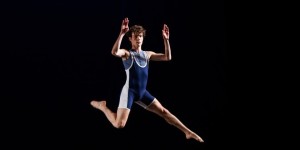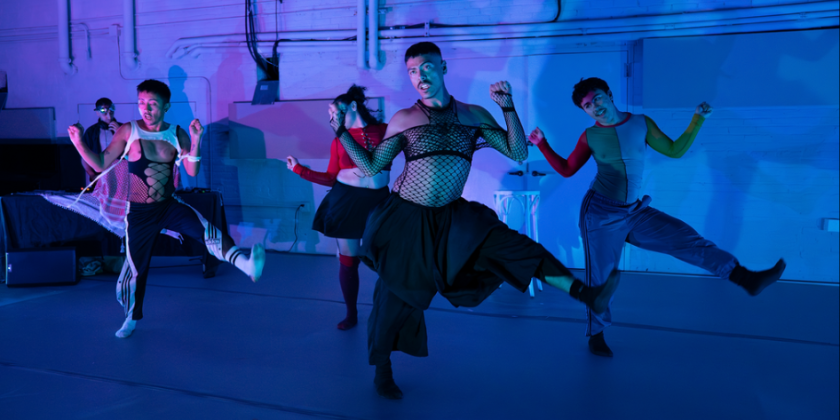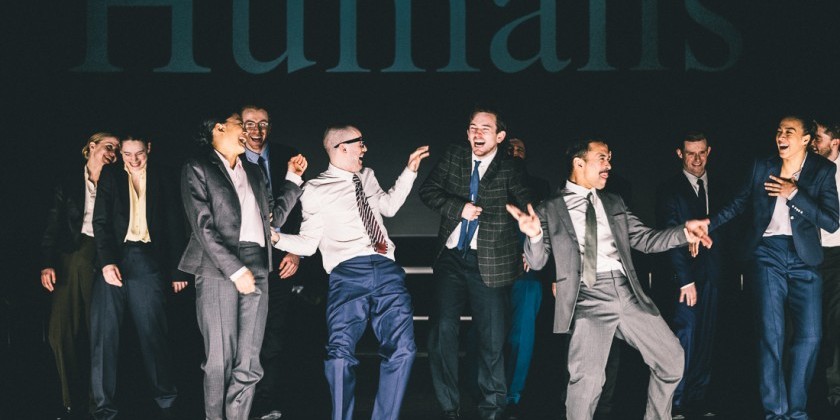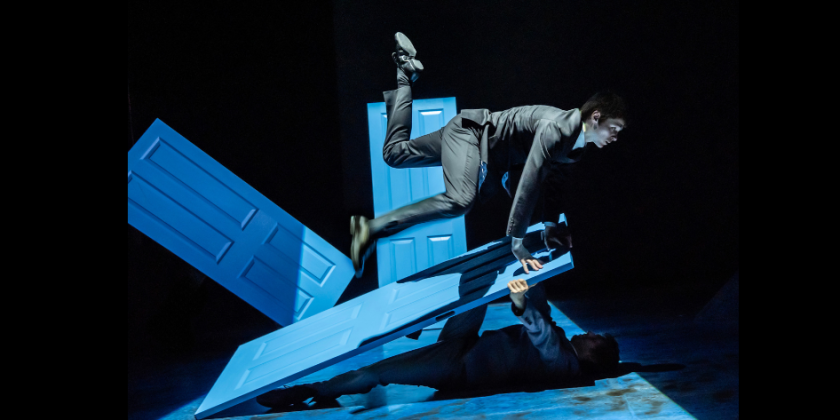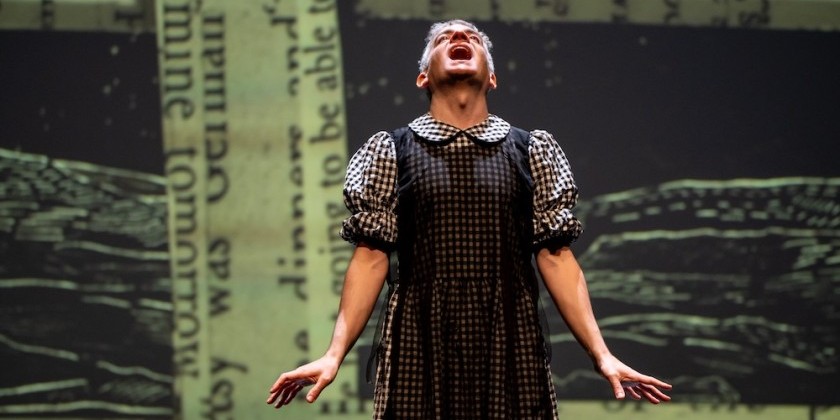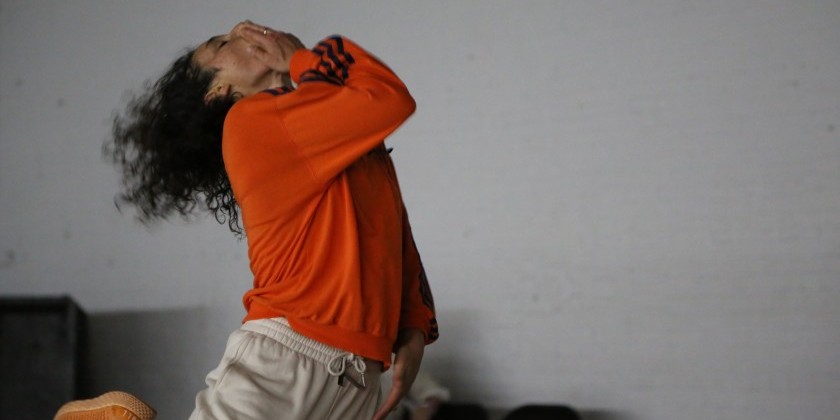IMPRESSIONS: “Unavailable Memory: In Conversation with Cunningham & Cage” at Baryshnikov Arts Center
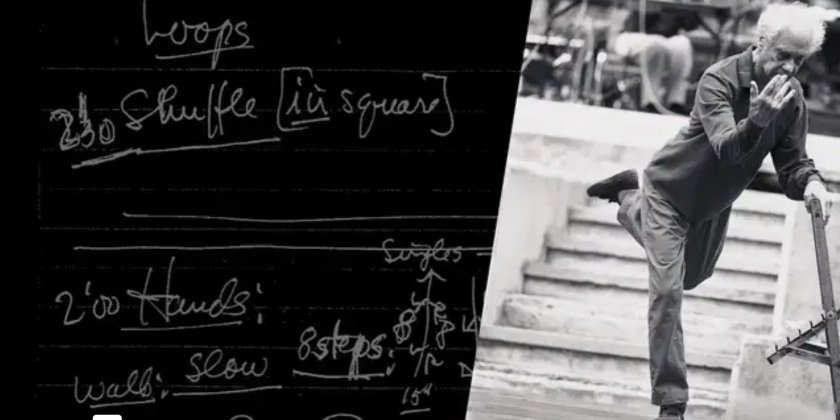
Featuring: Dancers -Mac Twining; Bebe Miller Company, Molissa Fenley, Justin Lynch, Chaery Moon, & Juilliard Dancers and Musicians: John King and Adam Tendler
Conception and Curation: Patricia Lent and Adam Tendler
Juilliard Student Mentorship: Jean Freebury and Melissa Toogood
Cunningham repertory: Molissa Fenley, Justin Lynch, Chaery Moon, Mac Twining
Juilliard students: Matthew Johnson, Griffin Massey, Lindsay Phillips
Bebe Miller Company: Angie Hauser, Darrell Jones, Bebe Miller
Music: John Cage, John King // Musicians: John King, Adam Tendler
Stagers: Daniel Madoff, Patricia Lent // Lighting Designer: Davison Scandrett
Costume Design: Charlotte Trowbridge, Jennifer Goggans
Stage Manager: Stacey-Jo Marine // Company Manager: Piper Dye
Jerome Robbins Theater, Baryshnikov Arts Center, October 27-29, 2022
Co-Produced by the Merce Cunningham Trust
Unavailable Memory: In Conversation with Cunningham & Cage, presented by Baryshnikov Arts Center and co-produced by the Merce Cunningham Trust, was a varied evening of music and dance that left me with some welcome gifts: unresolved questions and renewed curiosities. Repertory conversed with premiere as two works by Cunningham and six piano compositions by John Cage anchored departures and investigations by three Juilliard seniors and the Bebe Miller Company. The physicality of this dialogue extended to the stellar intergenerational cast of dancers and musicians who filled the stage with the graceful frankness of inquiry and possibility.
The program opened with the 80th anniversary performance of Cunningham’s “Totem Ancestor” (1942), with Cage’s composition for prepared piano of the same name. One of Cunningham’s earliest works, its postures and angles echo the influences of Martha Graham, particularly in its use of cupped hands and a steely yet pliant core, all within an air of abstract mythos. Traversing a bounded diagonal column of light, Mac Twining’s boyish curls belied his unflappable strength and poise in the scarcely two-minute athletic tour de force (Merce himself was a boyish twenty-three year old dancing the premiere). A series of dramatic knee slides and tuck jumps drew an audible intake of breath from the audience, but most striking was the clear and resonant axis of Twining’s spine as his pelvis, torso, and head rotated solemnly in turn. In this deliberate and daring performance, “Totem Ancestor” reveals itself to be a piece of dance history worthy of preservation and reinterpretation.
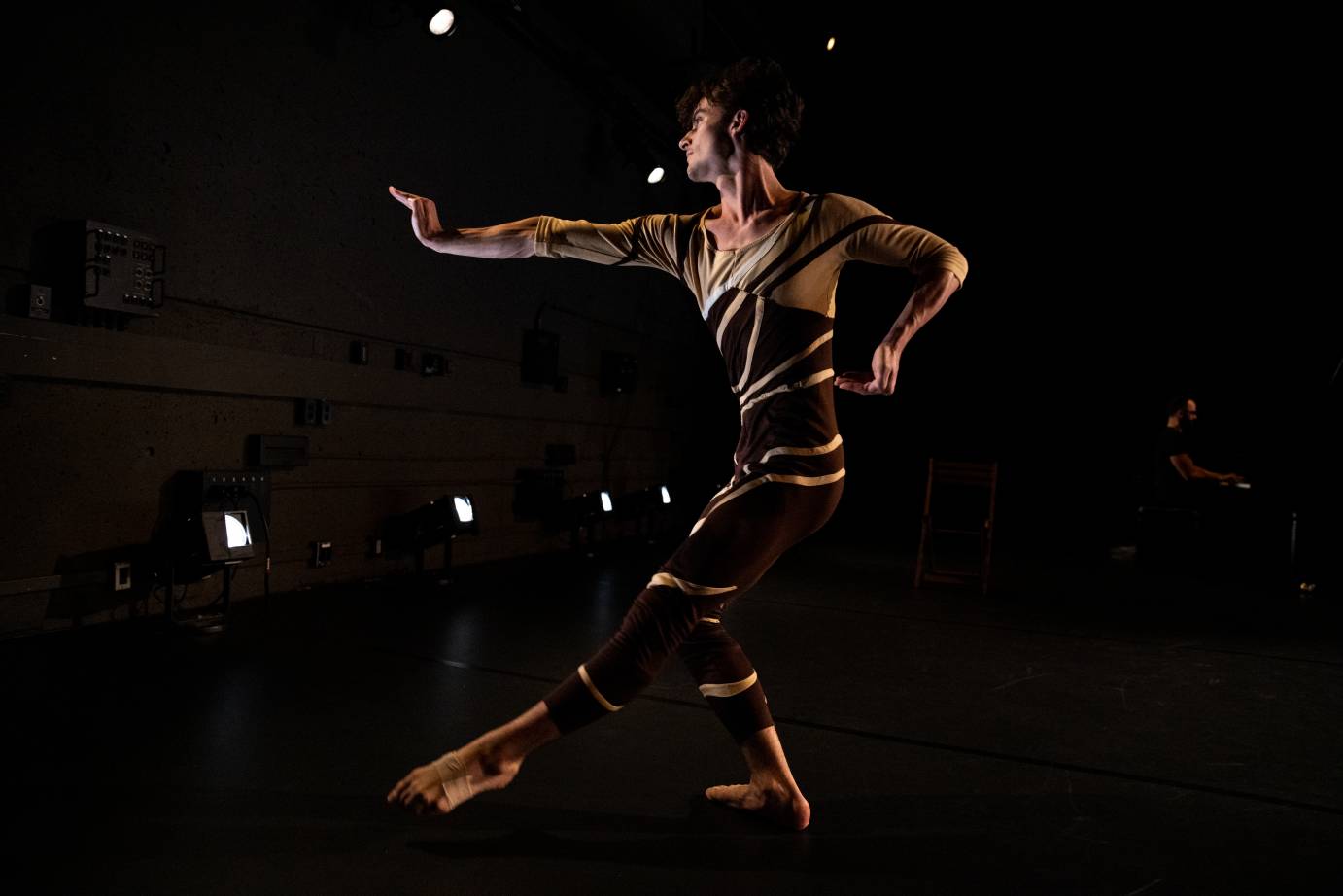
The grounding work for the evening was Cunningham’s “Loops” (1971), a solo event reconstructed by Patricia Lent from archival resources and adapted to a trio configuration: “Loops for Three,” featuring dancers Molissa Fenley, Justin Lynch, and Chaery Moon. The dance is structured around a series of tasks executed with the choreographer’s signature pure geometry and subtle quirks. Longtime Cunningham musical collaborator John King composed and performed a new score for the restaging based on Gordon Mumma’s original score using live transmissions of the dancer’s heartbeat and breathing.
King’s multiply layered, randomly determined composition of bodily sounds oscillated between familiar rhythms, mechanistic aspirations, and visceral rumblings like thunder—a reminder of the delicate symmetries between the body and the natural world. The dancers displayed an array of Cunningham vocabulary (standing, seated, reclining, ambulatory) along intersecting linear trajectories, Fenley’s wiry alertness playing aptly off Lynch’s lush generosity and Moon’s singing, placid architecture. In one sequence, Moon alternated touching fingers to thumbs, turning her wrists over as her arms gradually descended, the planes of her hands like falling leaves. Faces relaxed and open, the dancers’ physical abstraction does not negate the expressive content of their interweavings, and a sense of investigative play prevails throughout. The dance was introduced at length and recurred in snippets between the cascade of shorter pieces that followed—also permitting pianist Adam Tendler to prepare and unprepare his instrument—and each return was a distinct pleasure to witness.
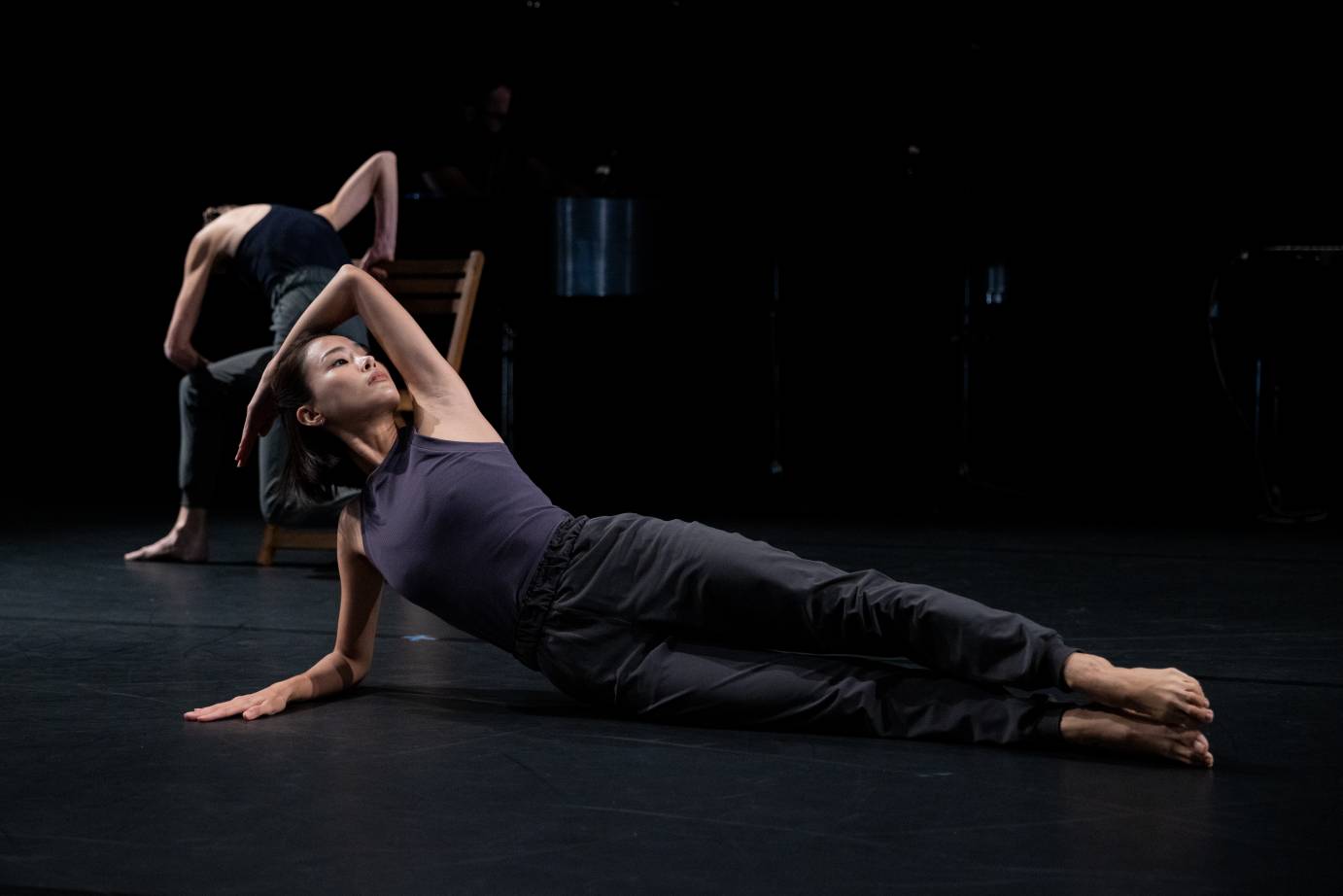
With the Cunningham/Cage palette established, the conversation began in earnest. Though it closed the evening, Bebe Miller Company’s improvised trio “Tether” conversed most clearly with “Loops” in its task-based structure. Set to Cage’s sofly meandering “Dream” (played with consummate care by Tendler), dancers Angie Hauser, Darrell Jones, and Bebe Miller engaged in an intentional negotiation of space and relationship. Through their casual braidings and purposeful exchanges—an invitation, a command, an admonition, a hot tip—the humanity of each dancer was revealed to be quietly, almost privately witnessed in shifting semi-darkness. The intermittently overlaid soundscore included Miller’s gently spoken words “now… rest,” a welcome reminder to every person included in this encounter. In this intimate world, meaning is a given, even if narrative remains below the surface.
The most pleasantly puzzling portion of the evening were three solos by Juilliard seniors Matthew Johnson, Griffin Massey, and Lindsay Phillips, choreographed to Cage scores, again illuminated by Tendler’s virtuosic precision and dramatic physicality. Each composition originally accompanied a solo for Cunningham, now lost to reconstruction due to lack of documentation. This lacuna—the titular “unavailable memory”—opened a generative space for these emerging choreographer-dancers to inject their individual movement styles and articulate distinct gestural languages. They are undeniably talented and technically adept in choreographic composition and execution, channeling Cunningham’s directional linearity and expressive athleticism through the undulating acrobatic vagaries and emotive extravagances of contemporary dance.
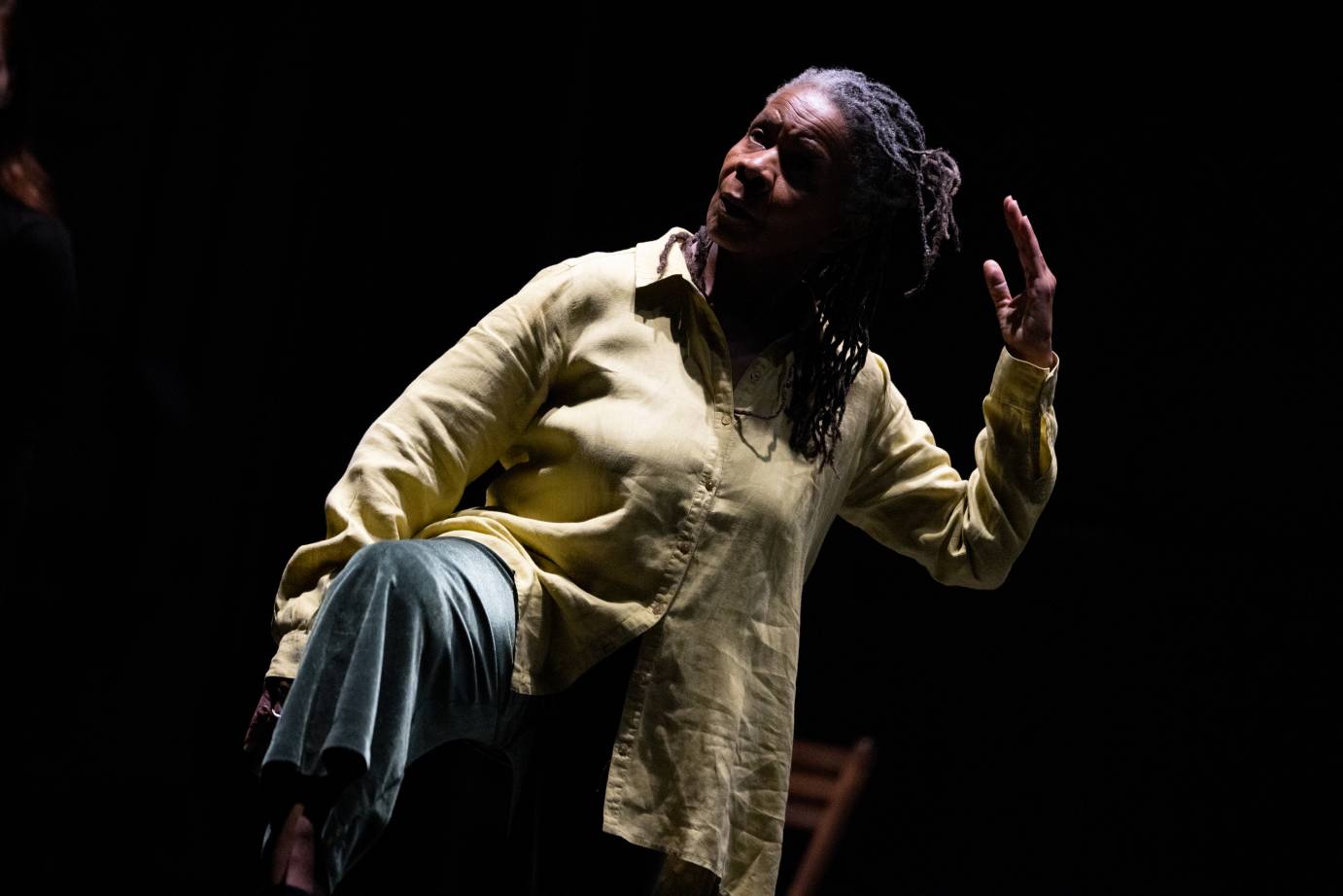
To that end, my questions: What exactly is “contemporary dance?” How do the emergent forms of the contemporary milieu expound on, dilute, or transform codified forms and techniques? What forces are at play in its shaping? Does the homogenizing “contemporary” monolith presage the emergence of a “technique,” or is it a function of algorithmically-driven tastes and trends?
These questions tread a precarious line of generational aesthetic valuation in the push and pull between tradition and innovation. The refinement of these young artists’ craft is not in doubt, and it’s curious to even begin to make this judgment against Cunningham’s own youthful voice in “Totem Ancestor,” particularly given its context amid the mid-20th century emergence of a panoply of stylistically distinct modern dance techniques. Perhaps this moment too is an intermediate stage—a crucial crossfade, a chrysalis—in the formation of new paradigms. Perhaps all stages are intermediate, as we bridge toward a future that only and always moves forward, never forgetting the bittersweet nostalgia of glancing back, even when there’s nothing to see.





